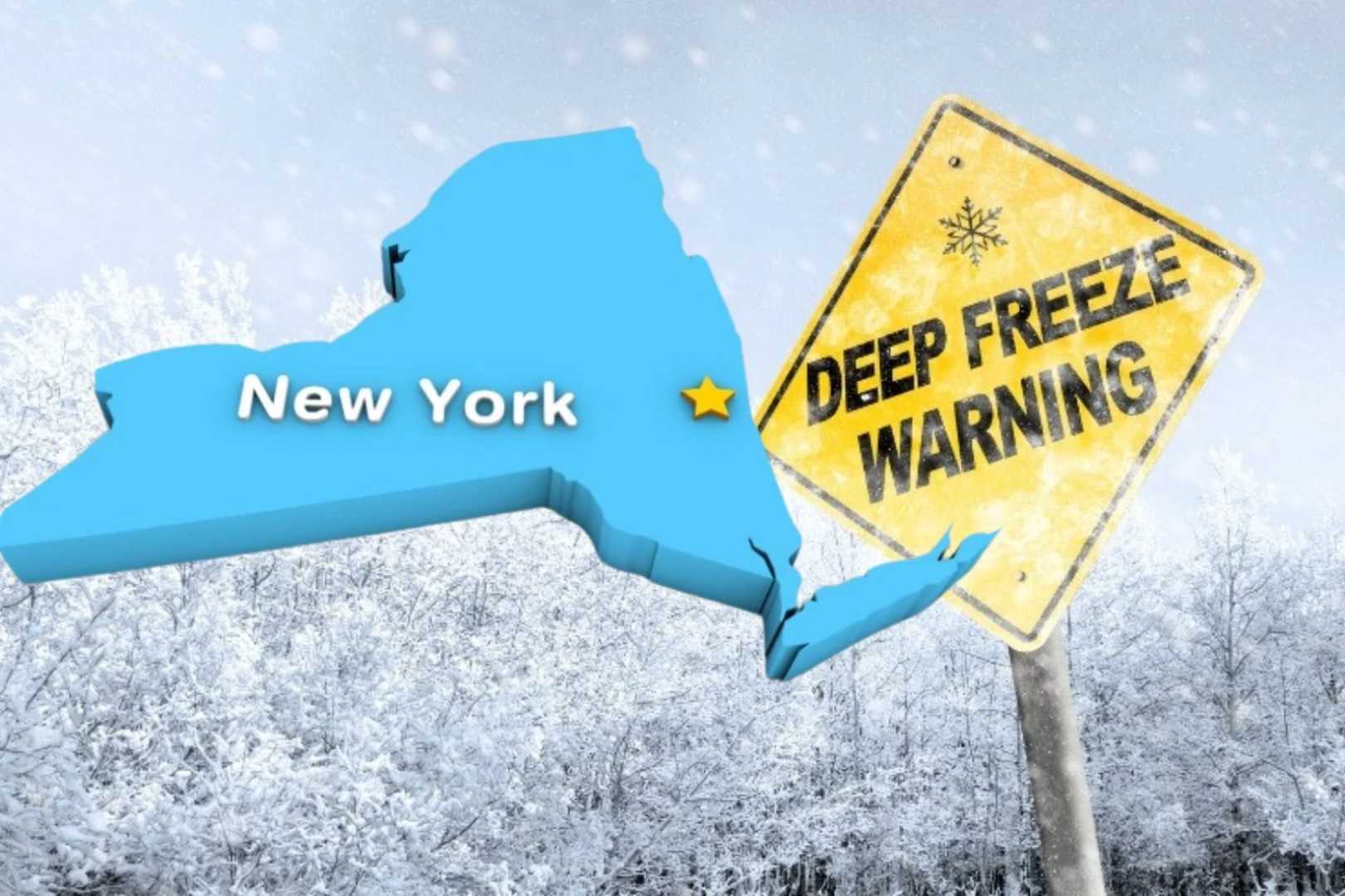Freeze Warnings Issued as Cold Snap Hits Northeast and Midwest

STATEN ISLAND, N.Y. — A widespread freeze warning has been issued by the National Weather Service, affecting millions across the Northeast and Midwest due to a significant drop in temperatures. As a result of a dip in the jet stream bringing cold air from Canada, temperatures in New York City are expected to plunge into the upper 20s overnight, prompting concerns for early-spring vegetation.
The freeze warning, which comes into effect from midnight to 9 a.m. Wednesday, alerts residents to potential damage to crops and sensitive plants as sub-freezing temperatures approach. In an official statement, the National Weather Service noted, “Temperatures could reach as low as 28 degrees, which can jeopardize tender plants if left unprotected.”
While the warning is in place primarily for the metro New York area, other regions such as parts of New Jersey and even the Tri-State area may experience similar lows, without specific warnings due to the current stage of the growing season.
“With temperatures forecasts in the low 40s for early spring, there’s always a risk of colder snaps,” said Alex DaSilva, a meteorologist with AccuWeather. “On average, Central Park sees its last freeze around March 29, but records show freezing could last until early May.”
Ahead of the cold front, temperatures in parts of the Midwest and interior Northeast will be 10-20 degrees below historical averages. These colder conditions will feel even chillier due to strong Northwest winds, making “feels like” temperatures drop into the teens and 20s.
For residents in North Carolina, another freeze warning has been issued from midnight through 9 a.m. Wednesday, affecting several cities, including Charlotte, Lincolnton, Statesville, Hickory, and Salisbury. Overnight lows are expected to approach 32 degrees, prompting residents to protect sensitive plants from potential frost.
The National Weather Service’s current forecasts indicate these temporary temperatures aren’t expected to linger. Following this cold blast, temperatures are predicted to return to the mid-40s by Thursday. “Even in early April, the possibility of a late-season freeze is still a reality, especially in rural areas,” warned DaSilva.
Residents are reminded to take protective measures for their gardens and pets during the cold spell. Keeping vulnerable plants in a warm, sheltered area or covering them with frost cloth could protect them from the damaging cold, and pet owners should ensure their animals are sheltered from sub-freezing temperatures.
The upcoming weather pattern suggests warmer air will soon move back into the region, with temperatures gradually rising through the week as spring makes its long-awaited return.
